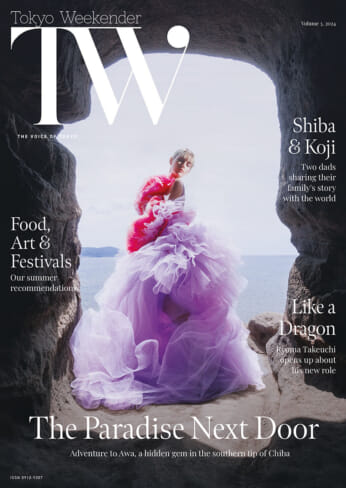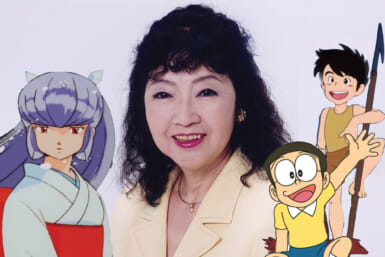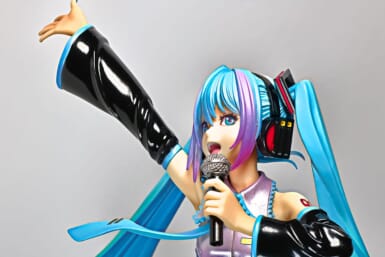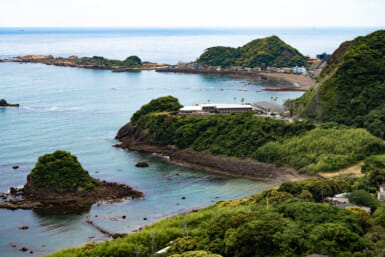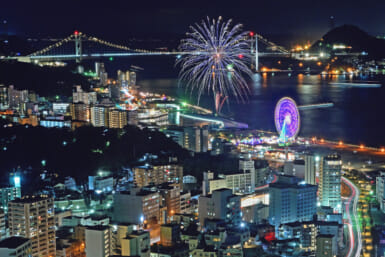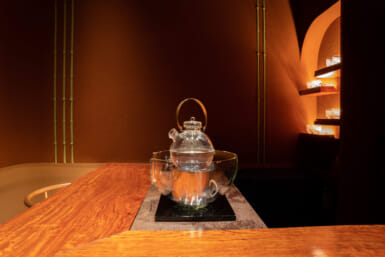by Elyse M. Rogers
THE JURO WADA HEART & LUNG INSTITUTE
The Yuden Clinic and Akasaka Hospital Medical Center
There’s good news for those who have cardiac (heart) problems. The personable Juro (“Jerry”) Wada, M.D., who I wrote about years ago as Chairman and Professor of Surgery at Tokyo Women’s University Hospital, has gone into private practice. Many of you probably know about the Tokyo Women’s University Hospital and their fine cardiac department he headed. Dr. Wada retired last year from that post.
Currently he is practicing in his new heart clinic, and let me explain that when I say “his clinic” in this case I really and truly mean it in a very literal sense. Although part of the established Yuden Clinic and Akasaka Hospital Medical Center, this new clinic focuses on the heart and lungs and is aptly named “The Juro Wada Heart and Lung Institute.”
BACKGROUND ON DR. WADA
Such an honor is befitting this man who is not only an internationally renowned physician, but also a real friend to foreigners in Japan and to international relations. Let me give you his educational background:
- Graduated from the Hokkaido Imperial University Medical School in 1944.
- Postdoctoral course and residency at the University Hospital, earning his Ph. D. in surgery in 1949.
- In 1950, he became the first physician to go to the U.S. from Occupied Japan, even before the Peace Treaty was signed.
- In the U.S. he did medical studies and practice at the following places: the University of Minnesota, Ray Brooks State TB Hospital (N.Y.), Ohio State University, and Peter Brent Brigham and Boston City Hospital.
- He became Chairman and Professor of Surgery at Sapporo Medical College in 1959 and founded (at Sapporo) the first Department of Thoracic and Cardiovascular Surgery in Japan.
Whew! If that isn’t enough, he has a long list of medical awards and triumphs as well. To name a few of those:
- He has performed several “firsts” in Japanese surgery including the first resection of an ascending aorta aneurysm (1959), aortic valve replacement (1963), and the first “Mustatd Operation” (1968).
- He is well known as a heart-transplant surgeon, as well as a pioneer in general heart surgery.
- He initiated the STO (sternal turnover operation) in 1955, for the funnel-chest deformity. It’s called the Wada operation.
- He invented the Wada-Cutter heart valve in 1966, thought by many to be the origin of today’s most popular heart valves, (His valve was used in Dr. D. A. Cooley’s first artificial heart transplant operation in 1969.)
Although retired, he is certainly no “has been ” In addition to his clinical practice, he still attends many international medical meetings, often as speaker or seminar member. He also continues to act as editor of several medical journals, one of which is the MA Journal (Medical Approaches and Hospital Supplies) which is English and is billed as Cooperative Journal for Thoracic and Cardiovascular Surgeons in Asia.”
Helping the many students he has taught has been a major goal of Dr. Wada; he has been responsible for getting more than 35 Japanese residents into postdoctoral surgical training in the U.S. He’s also very proud of the fact that 11 professors have emerged from the ranks of his students.
WADA THE MAN
Educational background and professional awards are very impressive, but often it’s the person himself/herself that captures our fancy. And in this case, the doctor has a lot of “personal interests and accomplishments” as well.
He admits to being an avid sushi chef and was named Honorary President of the Hokkaido Sushi Cook Association. And he’s been very active in international clubs including Rotary, Japan-American Society, etc.
On a happy note, he and his lovely (and fine English-speaking wife) Christina have acted as “go betweens” for more than 100 young couples. You might say that the able doctor is an expert in “matters of the heart” both physiologically and emotionally.
INSTITUTE DATA
The clinic is located in the Yurakucho Denki Building on the 10th floor. Many of you know that building since the top floor houses the FCCJ (Foreign Correspondents Club of Japan), better known as the Press Club.
Several foreigners I know are going to Dr. Wada for sort of a “monitoring function” as they have had cardiac problems in the past and wish to keep in contact with a knowledgeable heart physician. He’s happy, by the way, to be the “Tokyo connection” for those who have physicians back in their home countries. This is a nice service since some doctors don’t really like to be the associate rather than primary physician involved.
Although the good doctor no longer does surgery or handles acute cases, he has many contacts, so if more acute care is needed he can refer the patient to a suitable physician, not only in Tokyo or Japan, but in other countries around the globe.
As you might expect, many VIPs use the services of this fine physician. But, it’s nice to know, we ordinary folk rate well here too. The office is open to one and all, and many of the patients consider the doctor a “good friend.”
Costs for the service are competitive, but “hard to state since it will depend on the type of care needed. As with most things in Japan, it’s best to discuss that subject personally with the doctor when you see him. At least it’s easy to pay whatever fees there are since the clinic accepts Visa and American Express cards.
The clinic, although nicely planned and spacious by Japanese standards, is still pretty Japanese in ambience. But, the staff is kind and helpful, and when you get through to Dr. Wada, your language problems are solved as the doctor speaks fine English. It’s a good idea to call ahead and make an appointment, but if you speak noJapanese try asking for Kudo who speaks some English. If Dr. Wada is there he’ll personally get on the phone to help. More staff and facilities for English-speakers are planned in the future, so I’ll keep you posted.
THE YUDEN CLINIC AND AKASAKA HOSPITAL MEDICAL CENTER
Dr. Wada’s institute is part of this larger complex, which is a very fine general clinic in its own right. As I mentioned before, it’s very Japanese in both ambience and in the fact that very little English is spoken, but if you speak Japanese or don’t mind working through the system with patience and sign language (and don’t we all get good at that?) you might find this clinic good resource.
The clinic and hospital combined have about 180 people on staff, including 20 doctors. The hospital/clinic is housed in two buildings, but there is easy access between the two. The clinic caters to about 150 patients per day. This is sort of the “downtown” branch of the main hospital located across from Ark Hills.
The clinic has all the usual general equipment needed, including five X-ray machines, a CT (for three dimensional X-rays), EKG (heart testing) equipment, echocardiograph (ultrasound), and basic laboratory equipment.
NINGEN DOCK
The Ningen Dock or “physical exam” program is big here, and, since it’s one I get requests for, let me briefly mention the two programs offered:
Type A — One-day program, ¥39,000.
Type B — Two-day program, ¥43,000.
A quick glance at the one-day program indicates it contains most of the “routine” measures we have come to expect. (Or, at least it seems so from what I can read in Japanese.) So, if you just want a general physical exam, with blood tests, urine, EKG, X-rays, etc., this would seem to suffice. If you really want the works, the two-day program will surely satisfy that whim.
As in most cases, if extra tests are indicated those would be extra. For example, if a CT scan is needed (or simply desired) the cost for that can be as high as ¥80,000 extra depending on the type of examination.
The Juro Wada Heart and Lung Institute, Yuden Clinic and Akasaka Hospital Medical Center, Denki Building N. 10F, 1-7-1 Yuraku-cho, Chiyo-da-ku, Tokyo 100. Phone 213-0091.
